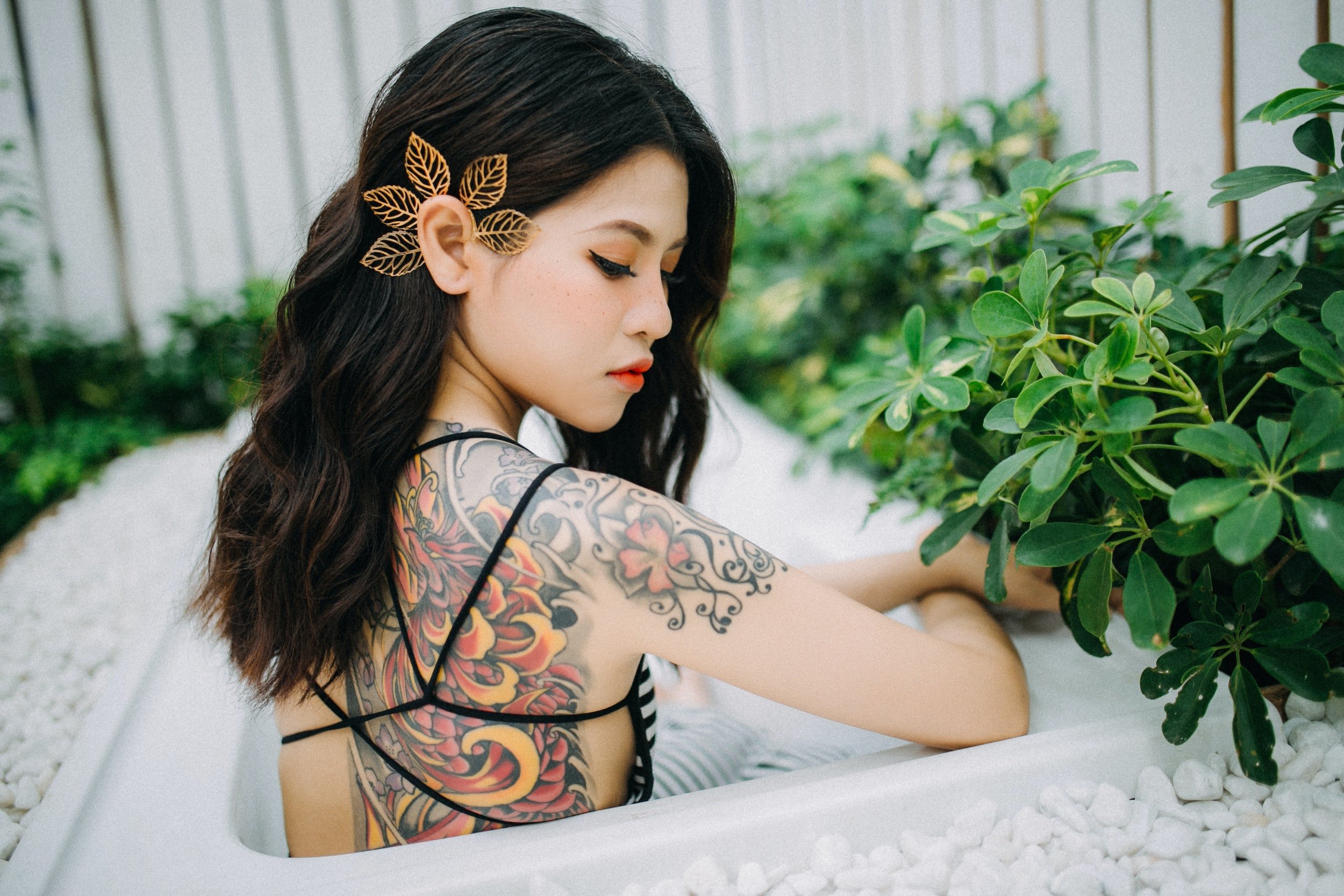How to Get a Traditional Japanese Back Piece Tattoo
A lot of people are interested in getting a traditional Japanese back piece tattoo. These tattoos are not only gorgeous, but they also have a rich history and meaning behind them. If you're considering getting a traditional Japanese back piece tattoo, there are a few things you should know before taking the plunge.
By the end of this post, you'll know everything you need to know about getting a traditional Japanese back piece tattoo. Let's get started!
What is a Traditional Japanese Back Piece Tattoo?
A traditional Japanese back piece tattoo is a large and intricate tattoo that covers the entire back. These tattoos can take many hours to complete, and they are usually done in one sitting. Traditional Japanese back piece tattoos feature bold lines and vibrant colors, and they often include images of dragons, phoenixes, tigers, and samurai warriors.
The History of Traditional Japanese Back Piece Tattoos
Traditional Japanese back piece tattoos have been around for centuries. In Japan, these tattoos were often used as a way to mark criminals or outcasts from society. In more recent years, however, traditional Japanese back piece tattoos have become increasingly popular with both men and women worldwide who appreciate their beauty and meaning.
How to Prepare for Your Tattoo
If you've decided that you would like to get a traditional Japanese back piece tattoo, there are a few things you need to do before your appointment:
1. Find a reputable artist: This is probably the most important step in the process. Your tattoo will be with you for life, so it's important to find an artist who has experience doing large and intricate tattoos. Do some research online or ask people you know who have similar tattoos where they got their ink done. Once you've found an artist you're comfortable with, schedule a consultation so you can discuss your idea and make sure it's something they're able to do.
2. Start saving up: These types of tattoos can be very expensive, so it's important to start saving up now so you can pay for your ink when the time comes.
3. Make sure you're healthy: Getting a tattoo when you're not feeling well is never a good idea—not only because it can make the experience more unpleasant, but also because it can increase your chances of getting an infection. If you're sick or recovering from an illness, wait until you're feeling better before scheduling your appointment.
4. Get plenty of rest: It's normal to feel nervous or anxious before getting a tattoo—after all, it is needles going into your skin! However, try to get as much rest as possible in the days leading up to your appointment so your body is well-rested and can handle the stress of being inked.
Aftercare Instructions
Taking care of your new tattoo is essential in order to prevent infection and promote healing. Here are some aftercare instructions that will help you take care of your new ink:
1. Keep it clean: Gently wash your tattoo with soap and water twice a day—once in the morning and once at night—to remove any bacteria or debris that could cause infection. Pat dry with a clean towel afterwards; don't rub!
2. Apply ointment: Apply thin layer of ointment (such as Aquaphor or Bacitracin) 3-5 times per day for the first week after getting your tattoo; this will help keep your tattoo moist and promote healing and be sure to use ointment sparingly; too much ointment can actually trap bacteria against your skin and lead to infection.)
3. Avoid sun exposure: Keep your new tattoo out of direct sunlight for at least 6 weeks while it heals; otherwise, it could fade prematurely or become irritated.
4. Don't pick at it!: It's normal for scabs or flakes to form on top of your new tattoo as it heals; however, resist the urge to pick at them as this could cause scarring or permanent damage to your ink.
Wrap Up!
Getting a traditional Japanese back tattoo can be an incredibly rewarding experience—but it's not something to be taken lightly! These tips will help ensure that you find a reputable artist, save up enough money, and take care of your new tattoo properly so that it heals beautifully.

